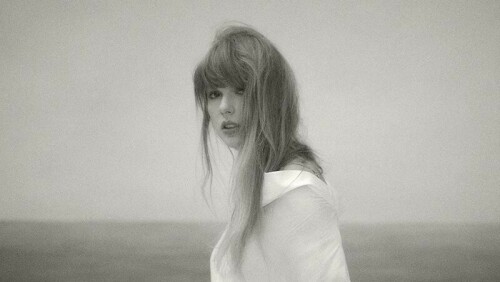In 1958, American painter, performance artist and theoretician Allan Kaprow wrote an influential essay called The Legacy of Jackson Pollock. He pointed out the need to introduce a new kind of art, inspired by “the space and objects of our everyday life: paint, chairs, food, electric and neon lights, smoke, water, old socks, a dog and movies.”
This was interesting because, two years earlier in Britain, the White Chapel Gallery had already curated what, in hindsight, proved to be a landmark exhibition of artworks under the title This is Tomorrow. The show had laid the foundations of an art movement that soon came to be known as ‘Pop Art’, and the works featured in it were already addressing Allan Kaprow’s desire to celebrate the everyday objects in our lives.
Most startling was the poster for the exhibition, which was a collage culled from American magazines by British artist Richard Hamilton, titled ‘Just what is it that makes today’s homes so different, so appealing?’ It summed up many of the chief characteristics of Pop Art that we recognise today. The image features a cornucopia of objects that represent the fantasies of every modern consumer at the time: a television set, vacuum cleaner, a wind-up tape recorder, a printed carpet. Both the figures seem to resemble a modern day Adam and Eve reveling in a consumerist paradise, with ‘Eve’ wearing shiny earrings and a lampshade on her head and an Adam with a six-pack, holding a lollypop with the words ‘Pop!’ printed on it.
Today this image resonates with us because it sums up the modern world: the lure of advertising entices us with a seductive array of objects and images that bombard our senses, forcing us to buy things we do not need.
In the ’60s, it was American pop artists in New York that took on the mantle of becoming the ‘Fathers of Pop Art’, with Andy Warhol, Roy Lichtenstein and Tom Wesselmann introducing the use of repetition, bold colours and, above all, the glitz, glamour and razzmatazz of a new age. Whether it was Warhol’s mass-produced silkscreen-printed images of movie stars and other famous iconic figures in garish colours such as those of Marilyn Monroe or Elvis Presley, Lichtenstein’s diptych painting of a portion of a comic book showing an exploding plane with the words “Whaam!” emblazoned on them, artists both celebrated and mocked the act of constant reproduction of images in a capitalist economy.
Pop Art sums up the modern world: the lure of advertising entices us with an array of objects and images that bombard our senses, forcing us to buy things we do not need
Today, artists such as Jeff Koons, who fall under the rubrick of Neo Pop, are the current torchbearers of the legacy of Pop Art. They have transformed the movement by combining popular culture with craft-making i.e. Koons does not make his works himself but hires a large team of painters and sculptors to execute his ideas.
Decades down the line, Pop Art still resonates with artists; while they invoke its origins, the works also carry contexts and concerns relevant to their region.

For instance, the title of eminent Pakistani artist, Ejaz ul Hassan’s painting ‘Thaa’ could be a nod to Lichtenstein’s ‘Whaam!’, yet, there is much more to reflect on. Executed in oil, the painting features the image of a famous Pakistani actress Firdaus in a provocative pose, while in the background we see an image of a woman holding a baby and a rifle. She has been painted to resemble a printed image from a newspaper. The contrast makes us think about how women are perceived, depending on their circumstances. Hassan’s other works done at that time feature images from film posters and hoardings that resemble film negatives with their vertical format and repetition.
In Karachi in the ’90s, a movement called ‘Karachi Pop’ consisting of Durriya Kazi, David Alesworth, Iftikhar Dadi and Elizabeth Dadi emerged; it sought to transcend the derivative interpretation of Pop Art and Neo Pop in the West, and instead, set out to examine the relationship between art and craft in Karachi.
Like Jeff Koons who hired a team to execute his ideas, the forerunners of Karachi Pop also hired a group of 20 craftsmen to execute ‘Heart Mahal.’ The installation was a homage to truck art and local craft/design aesthetics. It was exhibited inside a 20-foot long container. The far side of the wall featured a pulsating glowing neon heart framed by elaborate designs made to resemble a stage, complete with curtains. The sides of the walls were lined with beaten steel crafted into designs and mihrabs that featured toy dolls.
Since there are no Urdu words or definitions for high art or craft, the installation is still relevant today, exposing many issues relating to our troubled relationship with language, history and aesthetics of the region.
Pop Art taps into the nexus between consumerism and culture but, in doing so, as demonstrated by Karachi Pop, it also exposes our vulnerabilities.
Published in Dawn, EOS, September 20th, 2020















































Dear visitor, the comments section is undergoing an overhaul and will return soon.